
Do you have a question about the Intel H61 Express and is the answer not in the manual?
| Chipset | Intel H61 Express |
|---|---|
| Socket | LGA 1155 |
| Memory Type | DDR3 |
| Max Memory | 16 GB |
| PCI Express Revision | 2.0 |
| USB Ports | Up to 10 USB 2.0 ports |
| SATA Ports | 4 SATA 3Gb/s ports |
| RAID Support | No |
| LAN Speed | 10/100/1000 Mbps |
| Memory Slots | 2 |
| Integrated Graphics | Yes |
| DirectX Support | DirectX 10.1 (depends on CPU) |
Lists key features like chipset, CPU socket, memory support, LAN, and audio.
Provides detailed technical specifications including form factor, chipset, CPU socket, memory, expansion slots, and I/O ports.
Illustrates the rear panel I/O and internal component layout of the motherboard.
Details the function and configuration for various motherboard jumpers like JBAT, JP3, JP4, JP5, and CASE OPEN.
Details rear panel connectors like USB, LAN, VGA, and internal headers such as audio, serial, fan, and power connectors for system connectivity.
Guide on how to access the BIOS setup utility by pressing the DEL key during system startup.
Overview of the BIOS interface, including menu bar, main screen elements, and function keys.
Explains the usage of function keys (F1-F4, Esc) and navigation keys for BIOS setup.
Describes how to access on-screen help for BIOS options and available selections.
Lists the main menu categories (Main, Advanced, Chipset, Boot, Security, Save & Exit) for BIOS navigation.
Details the information displayed and options available on the BIOS Main Menu screen.
Covers advanced system settings including PCI, ACPI, Trusted Computing, CPU, SATA, and USB configurations.
Explains settings related to North Bridge and South Bridge chipsets, including graphics, VT-d, and power loss recovery.
Details options for configuring boot order, bootup states (NumLock, Quiet Boot), and option ROM messages.
Provides information on setting administrator and user passwords for BIOS access and security.
Explains how to save changes, discard them, restore defaults, and exit the BIOS setup.

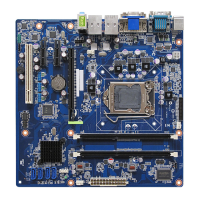
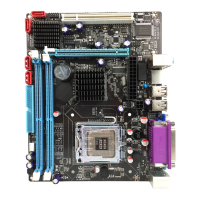
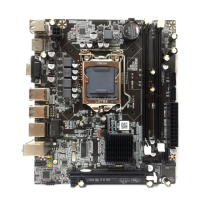

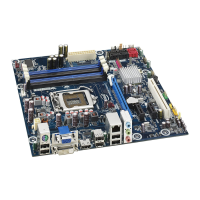
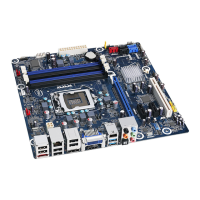
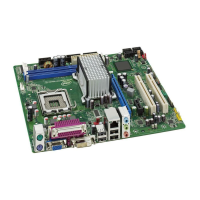
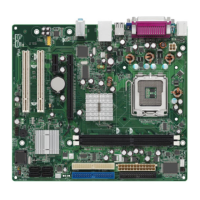
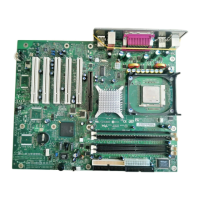


